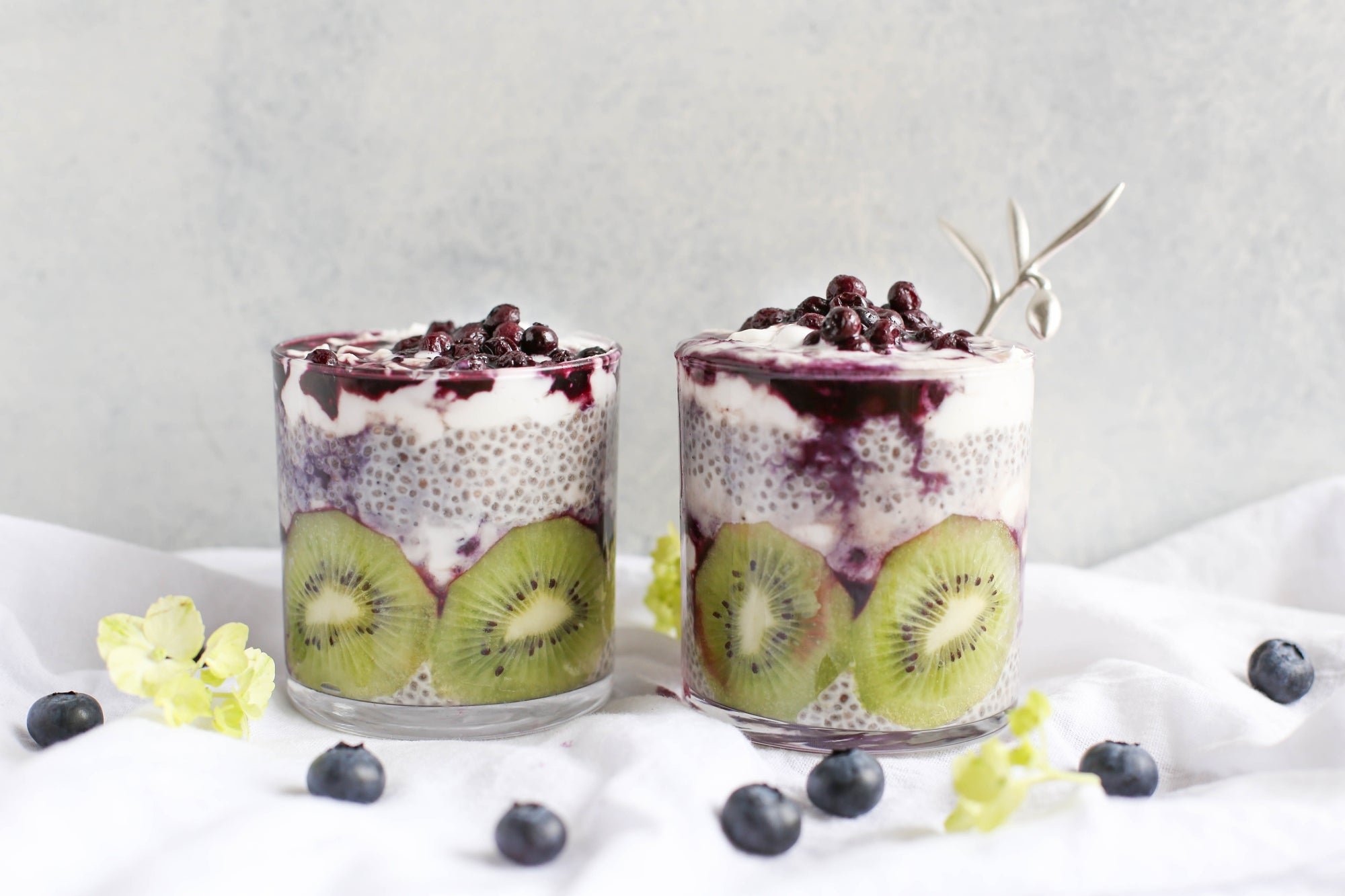For many of us, it happened without warning. Out of nowhere, we started feeling not so great after consuming our favorite dairy products. The symptoms slowly got worse until we finally gave up and admitted our newfound lactose intolerance.
What is lactose intolerance?
Lactose intolerance is the inability to digest lactose, the primary carbohydrate found in dairy milk. Villi, in your intestines, make an enzyme called lactase in the small intestine that breaks down lactose when ingested. We need our bodies to produce enough lactase in the small intestine to break down all lactose consumed. When this system works correctly, lactase breaks down lactose into galactose and glucose to be absorbed through the intestinal wall and into the blood. When lactase production slows down and cannot completely break down lactose, gut bacteria will take over, resulting in gas and water in the gut. This can cause gas, bloating, nausea and diarrhea immediately or hours after eating dairy.
What causes lactose intolerance?
Lactose intolerance is caused by the body’s inability to make adequate lactase. The most common cause of this is age. Lactose intolerance can be a secondary symptom of celiac disease and inflammatory bowel disease. There is a spectrum of intolerance. Some may be intolerant to even a tiny amount of lactose, while others can consume some without discomfort.
Tips for Going Lactose-Free
Lactose intolerance doesn’t have to be the end-all to your favorite dairy products. With over 68% of the world’s population lactose intolerant, there are many options on the market to help you satisfy your cravings. Here are some tips on going lactose-free.
- Try Non-Dairy Milk
Most non-dairy milks are fortified with about 25% of your recommended calcium, and with the growing demand for lactose-free products, these options are constantly evolving. You can choose from soy, cashew, flax, coconut, almond, macadamia, oat, and pea kinds of milk these days. You can sample away and decide which milk meets your taste preference.
- Go for Lactose-Free Milk
Are you still craving your cows’ milk? You can choose lactose-free milk. Food manufacturers add lactase to this milk to break down lactose before it hits your mouth, saving you grief and discomfort. This milk may taste a little sweeter since the lactose breaks down into glucose and galactose, which are simple sugars that will taste sweeter.
- Choose Lactose-Free Protein Powders
The most commonly used protein powders are whey and whey protein isolate, which may be a no-go for most lactose-intolerant folks. Thankfully, you can still add high-quality protein to your favorite smoothie, shake, or baked item with lactose-free protein powders like our Designer Egg, Designer Plant, and Designer Soy. Whey protein isolate may be a good option for those who are not severely lactose intolerant since it is 99% lactose-free. Designer Protein’s Designer Whey, Designer Energy, Aria, and Designer Lite contain whey protein isolate.
- Say Cheese
Not eating cheese can be challenging. Thankfully most hard cheeses are naturally low in lactose. Lactose is found in milk and cream. When the liquid is drained off during the cheese-making process, it naturally loses most of the lactose. Lactic acid bacteria eat the remaining lactose-containing whey during the ripening process of hard cheeses such as parmesan, Swiss, and cheddar. Softer cheeses contain small amounts of lactose. Most people can tolerate one ounce of soft cheese but may feel more symptoms with more. Cheeses that have unfermented creams such as mozzarella, burrata, and cottage cheese contain lactose and are to be avoided.
- Go for Yogurts
Some people who can’t tolerate lactose can consume yogurt without symptoms. Live and active cultures help break down lactose in yogurt, making it easier to digest. Skyrr and Greek yogurt is strained several times to remove whey-containing lactose. This straining results in minimal lactose and a higher protein thicker yogurt. Many companies also make lactose-free yogurts made from lactose-free milk.
For those who want to avoid dairy altogether, there are many great-tasting non-dairy yogurts on the market. My favorite lately is pili nut yogurt. You can also find soy, cashew, oat, and pea yogurts.
- Sweet Treats
Did someone say, “ice cream”? Sadly ice cream is full of lactose and not tolerated by most lactose-intolerant folks. Thankfully, most brands have a lactose-free version of their tasty treats.
If you’re on the no dairy boat, I find ice creams made from coconut cream to be the closest to that creamy texture. I recommend having fun and taste testing as many as you want until you find your favorite. You can now find everything from ice cream made out of avocados, dates, soy, oat, almond, and cashew. Be careful with sugar alcohols hiding in these. Sugar alcohols can cause those with sensitive stomachs similar symptoms to lactose intolerance, such as gas, bloating, and diarrhea. You can find sugar alcohols listed on the ingredient list as mannitol, sorbitol, xylitol, lactitol, isomalt, and maltitol.
- Go for the Ghee
Butter can make things taste delicious, but it contains small amounts of lactose that not everyone can tolerate. Ghee is not lactose-free but has much less lactose than butter. Ghee is clarified butter which means it’s heated to the point where all water is removed, and milk is caramelized, leaving a concentrated fat called ghee.
If you want to avoid dairy altogether, I recommend switching to butter made from coconut or cashew for a similar creamy texture.
Thankfully, with all the options on the market today, going dairy-free or lactose-free is easy and equally delicious. Try these above tricks and know Designer Protein has your back when it comes to delicious, nutritious, and high-quality proteins to meet your needs on a dairy-free or lactose-free diet.
By Ginger Cochran MS, RDN, CDCES
Sources:
The Dairy Alliance: 3 Things You Didn’t Know About Greek Yogurt
National Institute of Health: Definition & Facts for Lactose Intolerance




